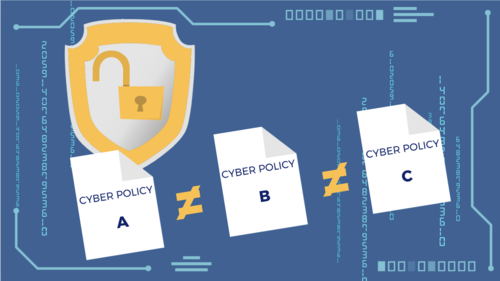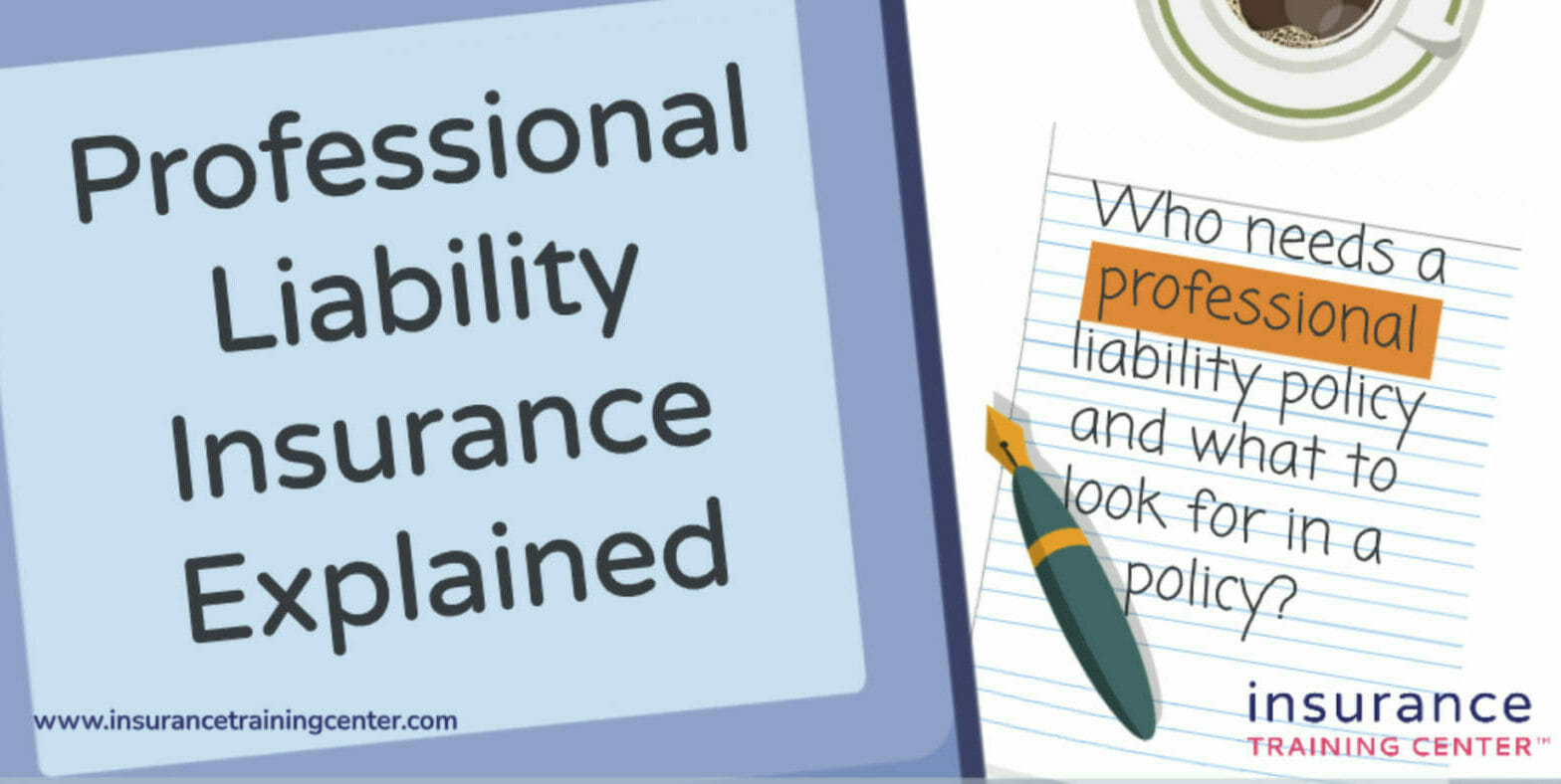EPLI Policy Terms and Exclusions: Understanding the Fine Print
Employment Practices Liability Insurance (EPLI) policies are complex contracts with varying coverage terms, exclusions, and conditions. Unlike general liability insurance, EPLI is a named-perils policy, meaning it covers only the …
EPLI Policy Terms and Exclusions: Understanding the Fine Print Read More »







